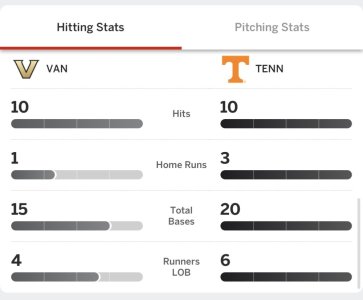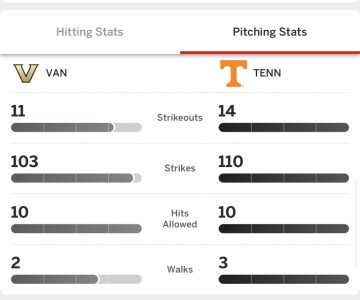It has long been a thought of mine that photosynthesis is aided (or even driven) by the charge gradient between earth and sky. Leaves generally have sharp edges and/or sharp points which aid in ionization of ground electrons into the more positive surrounding air. Green color is also interesting because it is the spectral color emitted by oxygen, which I believe makes it more susceptible to multiphoton ionization that might occur due to green light reflecting from leaves. Taken collectively, it seems almost certain to me that negative charge flows from the ground and out through leaves into the surrounding air, potentially aiding in plant growth along the way. It is known that there are far more negative ions in wooded areas...one of the reasons that the air seems so fresh in a forest.
Fancy way of saying, yeah, I'd say your copper thing works. Although it probably has little to do with 'copper' per se.
Soil has both positive and negative exchange sites (Anion and Cation Exchange Capacity, with CEC being higher than AEC). In general, soil has a negative charge, and as an extension of the ground, plants do as well. This is why lightning strikes tall objects, like trees, because it is positively charged. Then stuff like bees are also positively charged and flowers often have stronger negative charges.
Anyway, the CEC in the soil is what holds important cations in the root zone. Calcium, magnesium, sulfur, phosphorus, potassium, etc all have positive charges (in most of their forms). Nitrates have negative charges and will leach through the soil, which is why it's a concern in groundwater and surface water.
Then you have a rhizosphere around the plant roots that allows the plant to take nutrients from the soil through ion exchange. Sometimes plants exchange sugars in the rhizosphere to create the optimal environment for nutrients to be dislodged from exchange sites for uptake. Or sometimes they release sugars that microbes or fungi feed on and give or free up the nutrients the plant needs in symbiosis. Its complicated.
All that to say, yes, charges are important and does help photosynthesis (through giving the plant and chlorophyll the nutrients it needs to run photosynthesis, Krebs cycle, etc). But the only exchange occurring from plant to air and vice versa is, generally, neutral oxygen and neutral CO2. Then some water through transpiration which is polar but neutral. There's hydrogen (-) exchange with potassium (+) for opening and closing stomata when the plant is exposed to sunlight and photosynthesis starts, but that's within the leaf.
BUT when it comes to a copper wire in the garden, A) science is inconclusive on it. Doesn't really show anything. B) I don't logically see what it would do. Its not going to help a plant uptake nutrients. The only thing that MIGHT make sense is that, because plants compete with each other for water, light, and nutrients, if the copper wire is letting off a slight negative charge it may trick the plant into thinking it has nearby competition which would trigger it to grow more aggressively in an attempt to outcompete its neighbor.
But with that said, why are we wrapping the copper wire around a wooden stick and not just sticking it directly in the ground? Copper would conduct the charge more effectively itself.


